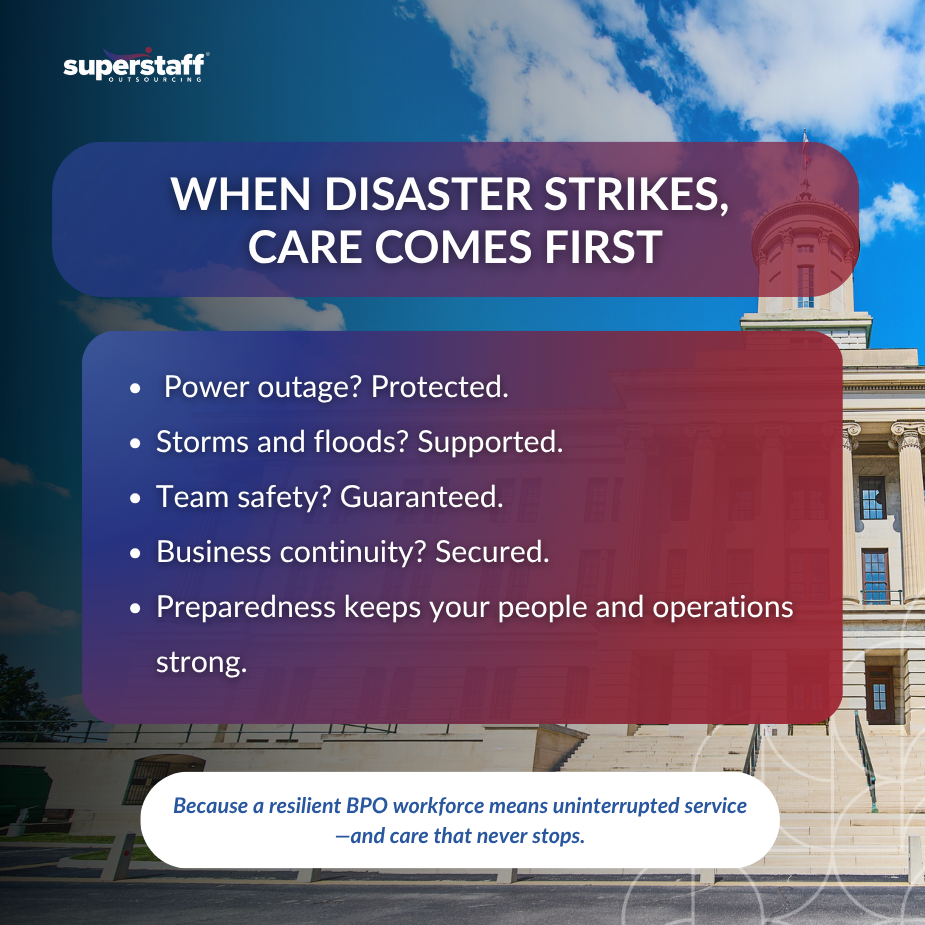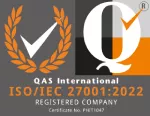
Efficient inventory control is one of the toughest challenges for any business. From overstocking to unexpected shortages, even small mistakes can affect profits and customer satisfaction. Many companies now turn to inventory management outsourcing to make their operations simpler, more accurate, and cost-effective. By letting specialists handle inventory processes, businesses can improve performance, lower expenses, and strengthen their overall supply chain visibility.
This article explains how inventory management outsourcing helps companies manage stock efficiently, avoid hidden costs, and achieve long-term growth.

What Is Inventory Management Outsourcing
When a company partners with a service provider to handle inventory-related activities such as stock control, warehousing, and order fulfillment, that process is known as inventory management outsourcing. It gives businesses access to skilled professionals, better tools, and modern systems without needing to build everything internally.
1. Definition and Key Functions
Inventory management outsourcing covers processes like inventory forecasting, real-time tracking, reporting, and returns management. These tasks are performed using advanced systems that ensure accurate data and timely decisions.
2. Common Industries That Use It
Retailers, manufacturers, and e-commerce companies are the main users. They outsource inventory operations to reduce costs, maintain accuracy, and meet customer expectations efficiently.
3. Why Businesses Choose Outsourcing
The main reasons include better accuracy, cost savings, and improved visibility across operations. Outsourcing gives access to technology and expertise that may be too costly to maintain in-house.
4. How It Improves Productivity
An outsourced team ensures smooth inventory flow from procurement to order delivery. This helps avoid production delays, missed sales, and warehouse inefficiencies.
5. Link to Supply Chain Visibility
With inventory management outsourcing, businesses can gain real-time insights across their supply chain. This improves coordination between production, logistics, and sales teams, making operations more transparent and predictable.
Benefits of Inventory Management Outsourcing
Outsourcing inventory operations brings several measurable benefits that go beyond reducing workload.
1. Lower Operational Costs
Companies save on warehouse rental, software maintenance, and labor expenses. This is one of the most effective inventory cost reduction strategies since it replaces fixed expenses with flexible service fees.
2. Greater Accuracy
Outsourced inventory teams use standardized systems and automated tracking tools that reduce human error. Accurate data helps avoid overstocking or running out of popular products.
3. Access to Skilled Professionals
Providers often employ logistics and warehouse specialists who handle large-scale operations daily. Their experience ensures smoother processes and faster issue resolution.
4. Flexibility in Operations
Outsourced services make it easier to scale up during busy seasons and scale down during low-demand periods. This flexibility prevents excess spending and improves operational balance.
5. Improved Reporting and Decision-Making
Service providers generate detailed reports that show inventory levels, order trends, and turnover rates. These insights help leaders plan smarter and align decisions with actual performance data.
Hidden Costs in In-House Inventory Management
Managing inventory internally might seem cheaper at first, but several hidden costs often go unnoticed.
1. Storage and Facility Expenses
Maintaining warehouse space involves rent, equipment maintenance, and utility fees. These costs can rise quickly as demand increases.
2. Technology and System Upgrades
Outdated inventory systems require frequent updates. Buying and maintaining modern tracking software can become a major expense.
3. Labor and Training Costs
Hiring and training staff for inventory tasks adds to operational costs. Turnover in these roles also affects consistency and accuracy.
4. Manual Process Inefficiencies
Without automation, tracking errors and delayed updates are common. These lead to misplaced stock and inaccurate reporting.
5. Losses from Overstocking or Shortages
Poor forecasting can tie up money in unsold items or cause missed sales opportunities when stock runs out. Inventory management outsourcing helps prevent both.
Best Practices for Minimizing Inventory Errors When Using Outsourced Services
Successful outsourcing depends on setting clear guidelines and maintaining collaboration between the business and the service provider.
1. Set Clear Expectations
Outline performance metrics and reporting schedules from the start. This ensures both sides work toward the same goals.
2. Use Integrated Systems
Choose providers that can connect their systems with your own to ensure smooth data flow and accurate tracking.
3. Review Reports Regularly
Regular reviews help identify discrepancies early and maintain high accuracy levels.
4. Maintain Open Communication
Frequent updates between your internal team and the outsourcing provider reduce the risk of miscommunication and stock mismanagement.
5. Audit Performance Periodically
Periodic evaluations ensure that quality and efficiency remain consistent across all inventory processes.
Challenges to Consider in Inventory Management Outsourcing
Although inventory management outsourcing offers many advantages, it also comes with challenges that businesses should prepare for.
1. Data Integration Issues
Linking your internal systems with the provider’s technology can take time and require testing to avoid errors.
2. Reduced Direct Control
Outsourcing shifts responsibility to external teams, which means companies must rely on consistent communication and reporting.
3. Data Privacy Concerns
Transferring stock and sales data to third parties requires strict compliance with data protection rules.
4. Dependency on Provider Performance
Any delay or mistake from the provider can impact the business, so choosing a reliable partner is important.
5. Adaptation Period
It may take a few months for both teams to adjust processes and workflows for smooth collaboration.
How to Choose the Right Inventory Management Partner
Selecting the right partner is essential to achieving the benefits of inventory management outsourcing.
1. Evaluate Experience
Choose a provider with proven expertise in your industry, whether retail, manufacturing, or e-commerce.
2. Check Technology Capabilities
The right partner should use up-to-date systems for tracking, forecasting, and analytics.
3. Review Service Models
Compare full-service and partial outsourcing options to see which aligns best with your operations.
4. Request Transparent Pricing
Ensure that all fees are clearly stated to avoid surprises later.
5. Prioritize Collaboration and Support
Pick a provider that values communication and offers responsive support when needed.
Smarter Outsourcing for Better Inventory Control
Inventory management outsourcing continues to grow as businesses look for smarter, more flexible ways to handle stock. It simplifies complex operations, strengthens data visibility, and promotes long-term savings. Companies that apply the right inventory cost reduction strategies and follow best practices for minimizing inventory errors when using outsourced services can achieve greater accuracy and efficiency across the supply chain.
For organizations seeking reliable and scalable solutions, SuperStaff offers expert support in managing inventory operations. From warehouse coordination to real-time tracking, SuperStaff helps streamline your processes and reduce unnecessary expenses.
Let SuperStaff help you find the right inventory management outsourcing solution that simplifies operations and drives sustainable growth.






